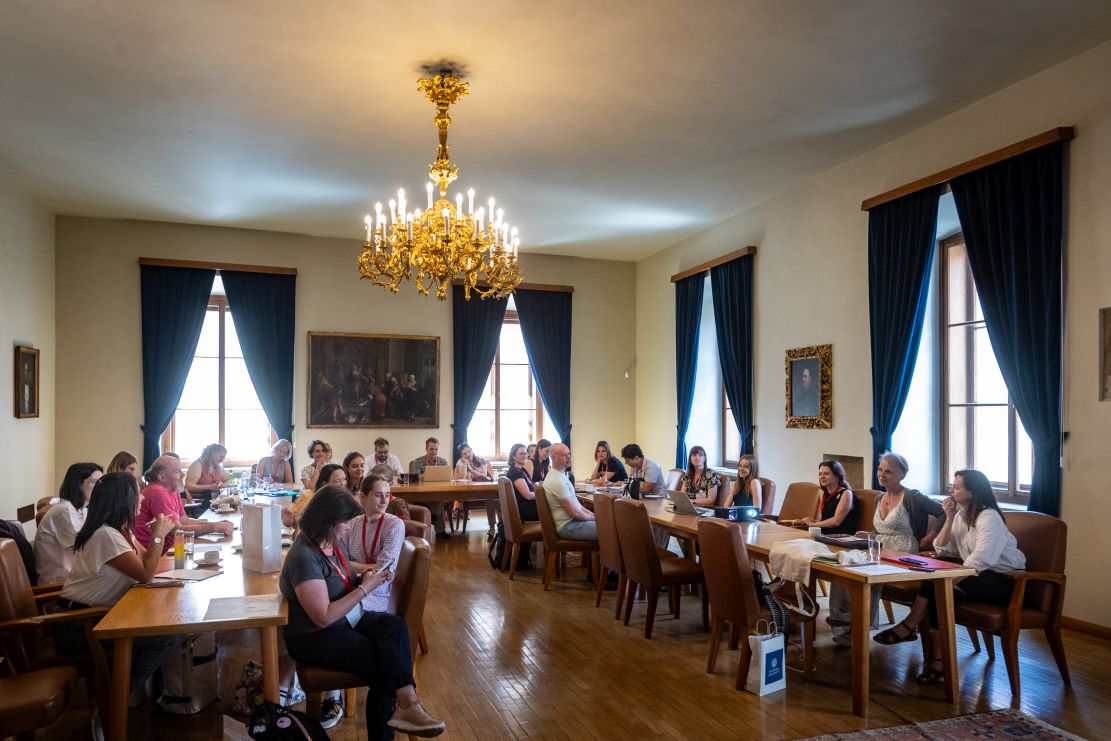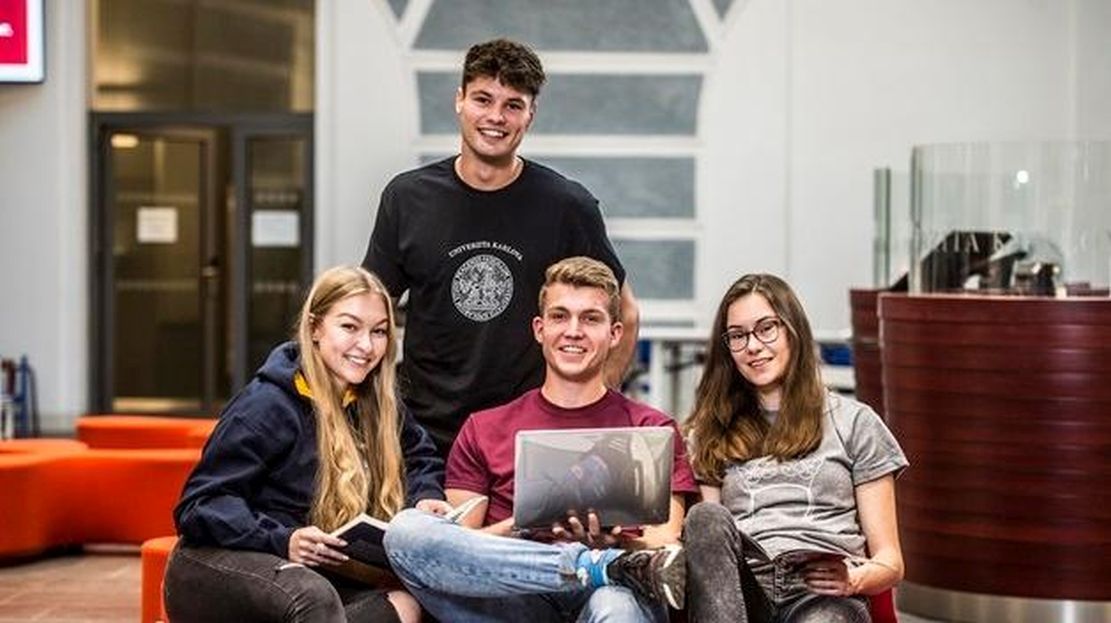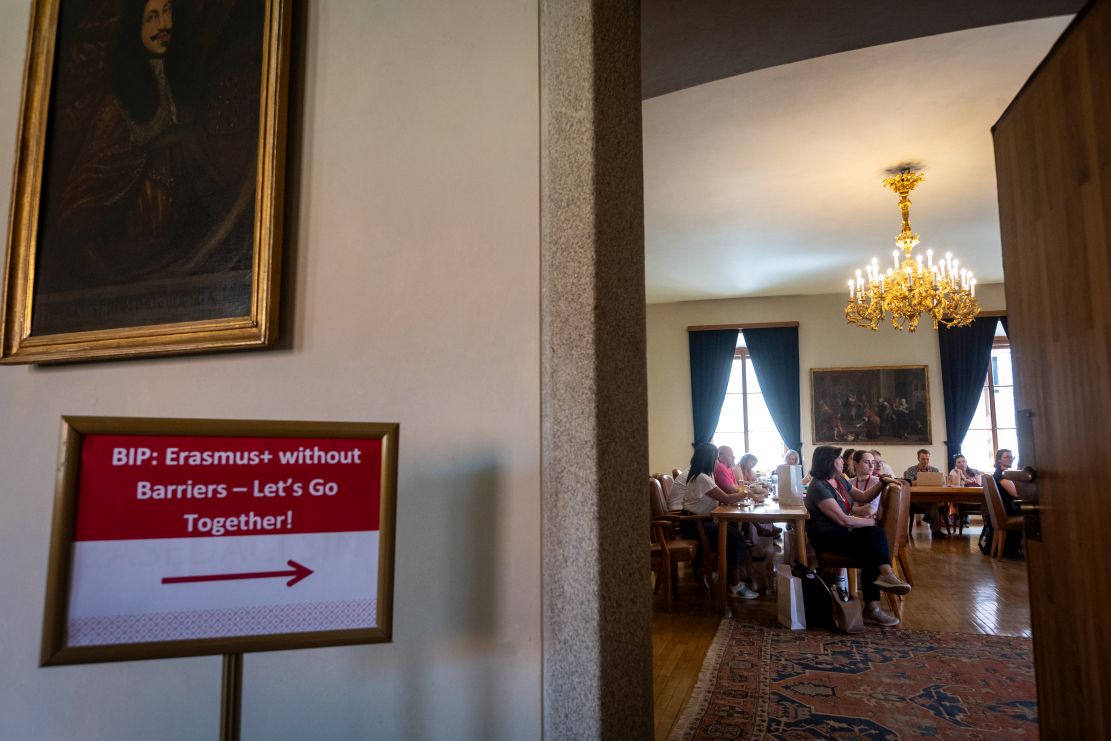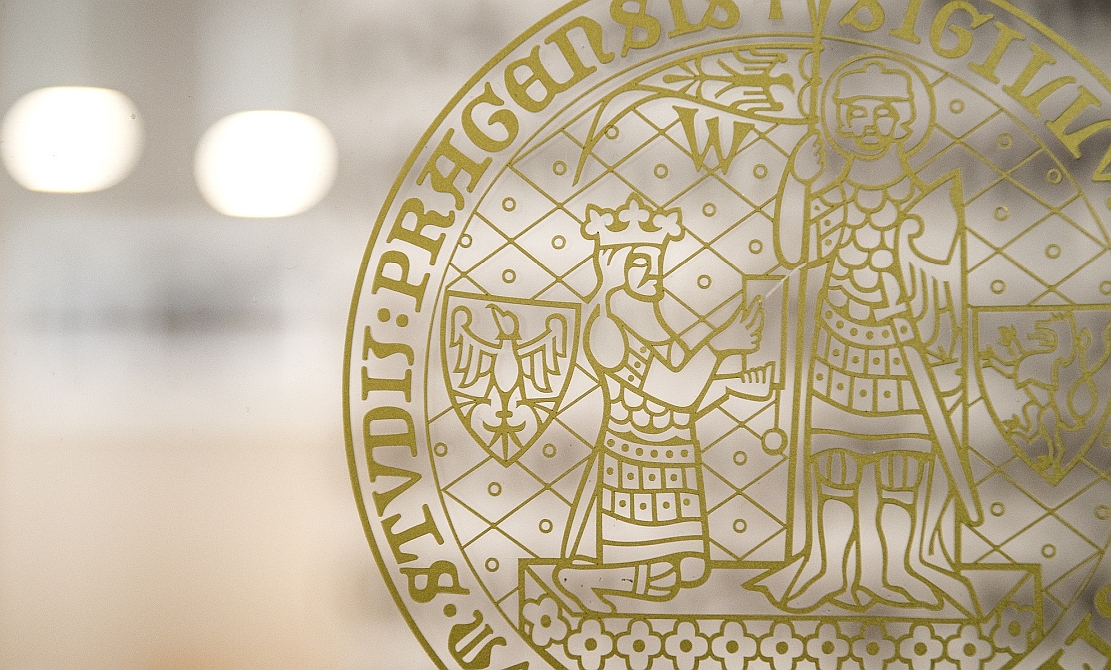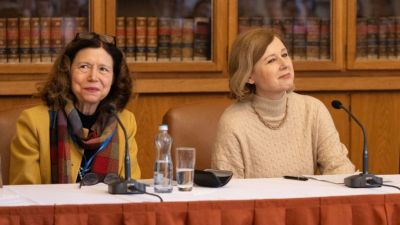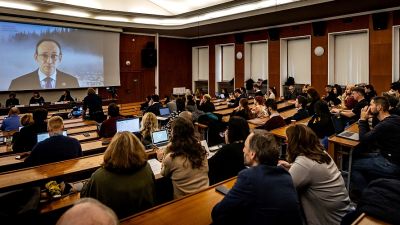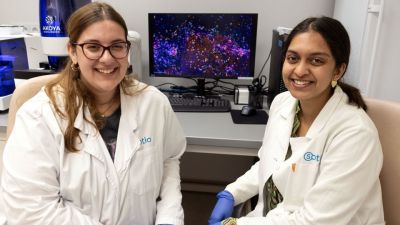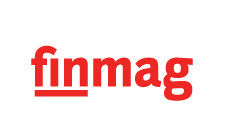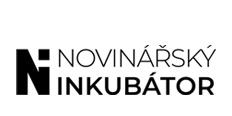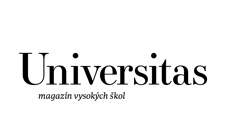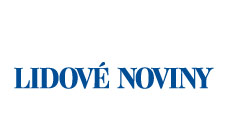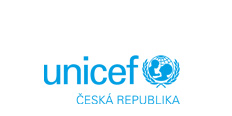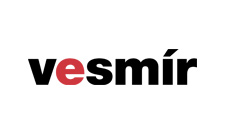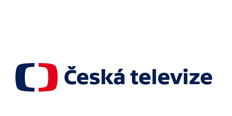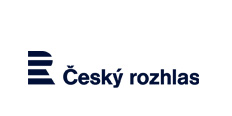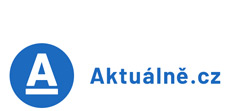Blended intensive programmes (BIPs) are one of the new Erasmus+ features that were introduced in 2021. As the title suggests, the core of the opportunity lies in the combination of virtual and physical mobility, enabling students and staff to develop new educational activities including digital skills improvement. Thanks to their flexibility, BIPs facilitate the creation of innovative and interdisciplinary short-term courses. These courses aim to offer unique learning modules, build on existing study programmes, and elevate the concept of internationalisation at home to the next level.
There are two main roles in the BIP: one is coordinator and the second, participant. At Charles University (CU), BIPs were successfully implemented right after their introduction within the Erasmus+ programme. Today, seven faculties have experience with coordinating BIPs in various study areas. In total, 14 BIPs have been organized at CU, and the number is growing every semester. Some of the BIPs have already been well integrated into the curricula and became recurrent activities, often interconnected with conferences or summer schools.
The most active faculty in the BIP coordination is the Faculty of Arts, which has already organised four BIPs and with its good practice example attracts other humanities-oriented faculties to try this project. The most experienced unit in this regard is the Institute of Greek and Latin Studies, which, through its BIPs, has enabled international students to dive into the history of drama, read medieval manuscripts using digital technologies, and participate on the Preaching and Conflict conference. BIPs have also become integral for the Department of Germanic studies, which included it in its summer school on Scandinavian and Central European WWII history.
Another BIPs pioneer at CU is the Faculty of Pharmacy in Hradec Králové, which regularly organises BIPs on Geriatric Pharmacotherapy and Geriatric Deprescribing. Apart from an intensive methodological training, the participants also get chance to visit the famous historical pharmacy with its museum at the hospital Kuks. Among CU medical faculties, two have BIP coordination experience: the Faculty of Medicine in Pilsen was coordinating a programme on Bioactive Peptides from Mushrooms and the Third Faculty of Medicine organised a BIP on Physiotherapy in Neurology.
The Faculty of Education developed a successful BIP called “Activation Strategies in Teaching STEM Subjects,” which is now going to be offered for the fourth time, attracting more and more candidates, especially for its interactivity and productive group work in mixed-nationality student teams. Although some faculties are repeating their BIPs as systematic educational activities, others developed networks with their international partners to take turns in hosting the programme at different institutions. Recently, the Faculty of Physical Education and Sport and the Faculty of Social Sciences also joined BIP practice at CU.
Apart from the BIPs introduced at the faculty level, there are also BIPs coordinated by CU’s Rectorate, which are intended mainly for staff members of CU partner institutions and focus on current Erasmus+ values, such as inclusion, diversity, and sustainability. The aim of the central BIPs is to enhance international cooperation on these topics and establish a closer international network for their development. The first BIP organized by the Rectorate took place in June 2024 under the title “Erasmus+ without Barriers – Let’s Go Together!” Its main focus was on mutual learning about supporting Erasmus+ students with special needs. During the programme, an informal network of staff members involved in inclusion and mobility at the participating universities was created. Afterwards, the results of the BIP, along with practical organizational advice, were shared with dozens of universities during a thematic session presented at the EAIE 2024 (European Association for International Education) fair.
The BIP was also nominated for the Czech National Agency Award (Cena Domu zahraniční spolupráce) and will be repeated again this year, followed by another central BIP focusing on equal opportunities strategy. Environmental behaviour during Erasmus+ stays will be addressed within a BIP titled “Sustainability as an Integral Part of the International Experience.” “The main aim of this BIP is to focus on specific strategies in the field of sustainable mobility, on the role of communities and individuals in promoting sustainability and innovative approaches to sustainability education at the university in general,” says Petra Šmídová from the CU International relations office.
BIPs are also becoming popular among universities united in the 4EU+ Alliance. Therefore, the concept of an alliance BIP was introduced in March 2025. The call offers a great opportunity to strengthen cooperation among 4EU+ partners in diverse study areas, systematise educational projects, and focus on the alliance strategy. Additionally, there is an ongoing discussion about applying the BIP framework to language courses for the 4EU+ members, which would combine the advantages of online and onsite learning, resulting in more efficient time spent on mobility. BIPs also played an important role in the Erasmus Days 2024, when an extensive online session on BIP best practice sharing was launched for 4EU+ partners.
Apart from BIP coordination, all CU faculties have extensive experience with sending students and staff for BIPs as participants. The main advantage of this mobility format lies in the opportunity to gain international experience in a short but highly efficient way, without the need to significantly adjust their study, work, and family duties at home. Additionally, BIPs serve as a great chance for students with fewer opportunities to go abroad and may act as a trigger for taking long-term stays. BIPs also effectively interconnect students with staff members, fully immersing them into an international team.
“It is always exciting to see how quickly the students of our nursing programme adjust to the new study environment and connect with the international teachers and students. They value the opportunity to share their knowledge and experience, as well as being exposed to new ideas, new teaching approaches, new ways of cooperation within the interdisciplinary and international student group,” says Dr Jana Heřmanová from the Department of Nursing of the Third Faculty of Medicine. To date, over 200 CU students have participated in BIPs organized by various universities.
However, despite all the benefits the new Erasmus+ feature brings, there are several challenges related to the format. These include differences in BIP implementation policies among partner universities, time-consuming administrative procedures, strict rules, and a considerable need for flexibility. Bearing this in mind, the CU International Relations Office aims to offer high-quality support at both the faculty and individual levels. To attract potential BIP coordinators, promotional materials were created. Aiming to make the administrative procedure as smooth as possible, three methodical guidelines were proposed: the first for potential BIP coordinators, the second for outgoing participants, and the third for international partners.
These guidelines are now being tested by the CU faculties, and, in the future, the know-how can also be shared with 4EU+ partners during the alliance BIP call. According to the Vice-Rector for International Affairs, Eva Voldřichová Beránková, “Charles University needs to reach a state where each faculty will have experience with BIP coordination. Therefore, the CU Rectorate must provide consistent methodological support so that the administrative burden does not lie, as far as possible, on participating academics.”

CU's Vice-Rector for International Affairs Eva Voldřichová Beránková in the Great Hall in the Carolinum - the heart of Charles University in Prague.


